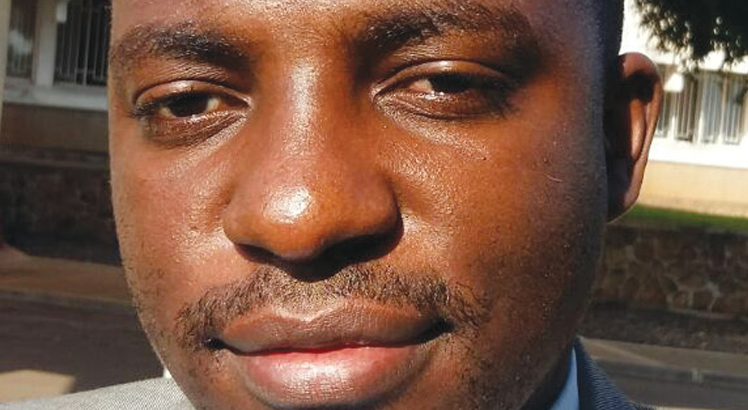A Malawi Economic Justice Network (Mejn) sanctioned study has exposed substantial inequalities of annual expenditure for each secondary school student with the highest at K106 061 and the lowest at K37 896, representing 64.8 percent gap.
The findings follow a policy review and 2023/24 National Budget analysis with focus on social protection policies in education, agriculture, health and extractive sectors.
Mzuzu University economics lecturer Christopher Mbukwa, who conducted the analysis, presented the outcomes during an engagement meeting between Mejn and members of Parliament.
He explained: “Per-student allocations at secondary level are significantly inequitable across education management divisions-ranging from a high of K106 061 for the Central Western Division to a low of K 37 896 for the Central Eastern Division.”
He, however, said the national average per-student expenditure was at K75 209.
Mbukwa: This brings inefficiencies
The analysis further laid bare the difference in the quality of school environments and availability of teaching and learning materials.
“The top 10 percent of schools have fewer than 37 pupils per classroom and the bottom one-tenth more than 156 pupils per classroom,” said Mbukwa.
The study recommends to the government to “explore ways of financing teaching and learning materials, especially for primary and secondary schools, including for learners with special needs.”
On per-student funding inequalities, the report proposes: “Considering the persistence of large disparities in school conditions, even within a single zone, suggest that the needs-based component may need to be increased.”
Mbukwa warns that the insufficient inputs generate inefficiencies and ineffectiveness in delivery of education in the country.
“The education sector lacks adequate supply across multiple indicators, including trained teacher-pupil ratios [1:80 for primary and 1:44 for secondary] and student-text book ratio 1:5 in 2021.
“Low teacher morale, absenteeism and limited professional development exacerbate existing inefficiencies,” he explained.
The Ministry of Education had not responded to our questionnaire seeking an explanation for the disparities in per-student expenditure.
Mejn executive director Bertha Nkhoma hoped that the study will help improve funding towards social protection programmes.
Parliament is currently discussing the 2023/24 National Budget which is expected to roll out on April 1 this year.
The post Report exposes govt bias in students’ expenditure first appeared on The Nation Online.
 Moni Malawi
Moni Malawi 

